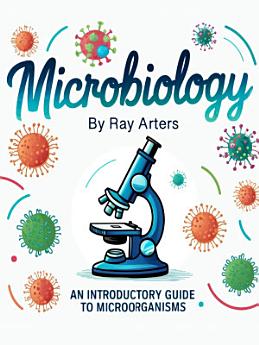Microbiology: An Introductory Guide to Microorganisms
About this ebook
The discovery of microorganisms fundamentally transformed our understanding of life itself, beginning with Antonie van Leeuwenhoek's first observations of "animalcules" through his primitive microscopes in the 17th century. These initial glimpses into the microscopic world revealed a complexity and abundance of life that challenged existing concepts about the nature and distribution of living organisms, ultimately leading to the recognition that microbes represent the most ancient and fundamental forms of life on Earth.
Cellular diversity among microorganisms encompasses the full spectrum of cellular organization, from the relatively simple prokaryotic cells of bacteria and archaea that lack membrane-bound organelles to the complex eukaryotic cells of protists and fungi that contain specialized subcellular compartments. This diversity reflects billions of years of evolutionary experimentation that has produced an extraordinary array of cellular architectures and biochemical capabilities that far exceed those found in multicellular organisms.








